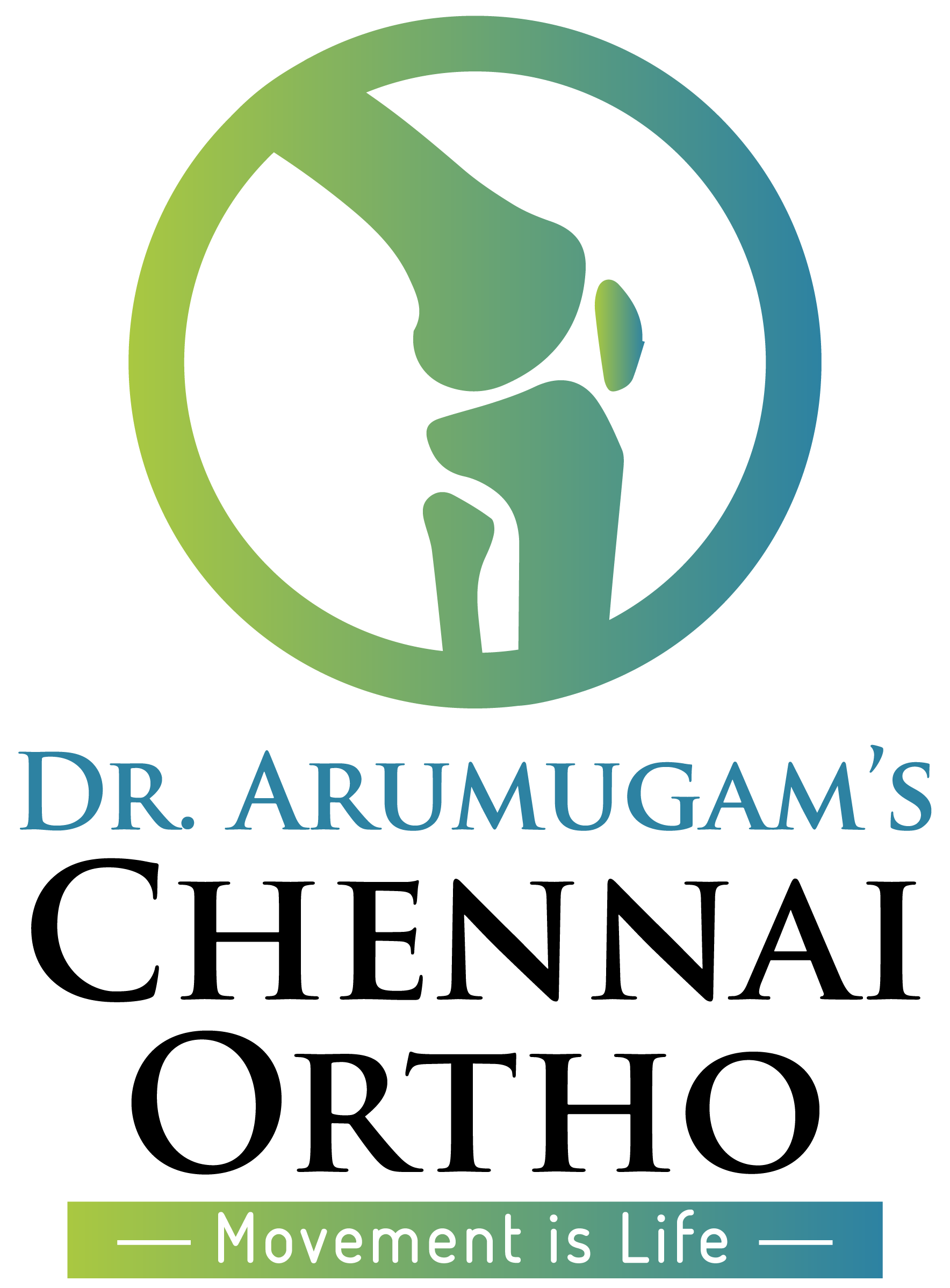
Get Relief from Stiff Neck
It is not unusual to wake up with a stiff neck. Or, sometimes, everything seems fine but as the day progresses, turning the neck can seem difficult.
Welcome to the all-familiar stiff neck. Most common symptoms are soreness and the inability to turn the head freely from side to side. If the stiffness is severe, it may be accompanied by pain in the shoulders, arm pain, neck pain and headache as well. Even simple tasks like picking up something from a shelf or stretching the arm to reach out can be painful.
Common Causes of Stiff Neck
From experience, it is not hard to guess that the stiffness occurs due to strain in the neck muscle or sprain in the soft tissue. The levator scapulae muscle, running from the base of the skull to the middle of the back, is controlled by the third and fourth cervical nerves (C3, C4). Even simple activities like sleeping or holding the neck in an awkward position for a prolonged period, repeated movement of the head from side to side, falls and impacts, slouching and even stress and anxiety can cause stiff neck.
It could also be due to some underlying disorder of the cervical spine such as cervical herniated disc, cervical degenerative disc disease, cervical dystonia or cervical osteoarthritis. Even infections, meningitis and tumours can cause stiffness of neck.
Managing a Stiff Neck
Stiff neck may ease with time, fomentation with ice or hot water, or some pain killers. Do not try to restrict the movements of the neck but instead gently resume normal activities. This may give relief. Gentle stretches and low-impact aerobics can also prove beneficial. Maintain good posture and use ergonomic furniture. Do not lift weights. But if you have to, take the weight on the legs rather than the back by going down a bit before lifting the object. Use an ergonomic pillow when sleeping.
In general, to minimise the risk of a stiff neck, it is good to:
- Do neck exercises and stretches to strengthen the neck muscles.
- Maintain a good posture when sitting for prolonged periods and when sleeping.
Exercises for Neck Pain
Chennai Ortho believes ‘Movement is Life’ and that we can manage many of our health-related issues, especially arthritis, with regular exercising. Conditions such as neck pain and stiffness can also be minimised with a regular regimen of neck exercises, details of some of which we share below. Neck exercises can be used as treatment as well as prevention.
A neck exercise program combines:
- Stretching and strengthening exercises
- Aerobic conditioning
- Trigger point exercises
The Need for Neck Exercises
One of the main causes of neck related problems is poor posture, which can be due to weak, tight or elongated neck, chest and upper back muscles. This can cause the shoulders to become rounded and the head to droop, resulting in a bad posture. As a result, the cervical spine’s facet joints and intervertebral discs experience greater stress, as also the muscles and ligaments.
With time, as the posture continues to deteriorate, other symptoms such as stiff joints, upper back pain, shoulder blade pain and headache may also start manifesting.
To counter this, the following exercises can be of immense benefit:
- Neck Stretching: This can be done every day and some of them can be done more than once. These exercises help with preserving the elasticity of the affected joints as well as expand or preserve the range of motion, thus providing relief from the stiffness.
- Neck Strengthening: Improving the posture requires strengthening exercises. This can reduce or prevent regular flare-ups of pain. Do this on alternate days.
Aerobic Conditioning: Aerobic exercise improve the supply of oxygen to the body, elevate the heart rate and improve blood flow to muscles and soft tissues of the neck and upper back. This in turn relaxes the muscles and improves the range of motion of the neck. Doing aerobics for half an hour can also help release endorphins that act as natural painkillers and can reduce neck pain. This can be done every day and includes brisk walking to using a treadmill, stationary bike, or an elliptical machine, among others.
Neck Stretches
To loosen postural muscles and reduce neck pain, here are a few stretch exercises:
Corner Stretch: This is called so as it is performed in the corner of the room. Stand facing the corner keeping a distance of two feet. Place the feet together and the forearms on the two walls, with elbows a little below the shoulder height. Lean forward as much as you can and hold from 30 seconds to one minute to stretch the front of the shoulders and chest. This can be done 3 to 5 times a day and before doing neck strengthening exercises.
Levator Scapulae Stretch: This can be done when sitting or standing. Raise your elbow above the shoulder at the side and rest it against a door jamb. This will lengthen the levator scapulae muscle by rotating the outside of the shoulder blade up and the inside down. Step two is to turn the head away from the stretching side and lowering the chin down to stretch the back of the neck for 30 seconds to a minute.
Neck Strengthening
Some of the exercises for strengthening the neck include:
Chin Tuck: This is very effective in reducing neck pain as it helps strengthen the muscles, align it over the upper thoracic extensors and stretches the scalene and suboccipital muscles.
Prone Cobra: Lie down on the floor on your stomach and raise your upper body like a cobra.
Back Burn: Standing with your back against the wall and flatten your lower back against it. Keep your feet about 4 inches away from the wall. Rest your elbows, forearms and the backs of the hands and fingers along the wall with wrists at shoulder level. Slide the hands up and down slowly while keeping the arms, hands and the head against the wall. You can do this 10 times and repeat it up to five times every day.
Trigger Point Exercises
It is believed that muscle or connective tissue (fascia) have a sensitive area that acts as the trigger point for pain when overworked. Here are two exercises that can help relieve some types of trigger point pain:
Foam Roller: Place a full-length, 6-inch diameter foam roll on the ground and lie on it along its length with hands on your hips. Slowly roll from side to side 20 times with the upper body parallel to the ground and feel the foam roller rolling over the sore trigger points located in scapular muscles.
Racquetball: Self-massage shoulder blade trigger points using a racquetball. Lean the upper back against a wall with the racquetball between the tender shoulder blades and the wall. Use the legs to move the body up and down and roll the ball on top of the muscles for about 2 minutes.
Remember, if you have severe neck pain, do not exercise and consult a doctor. If the pain is manageable, apply heating pad before exercising to relax the muscles and cold pack afterwards to reduce inflammation of the joints and muscles.

